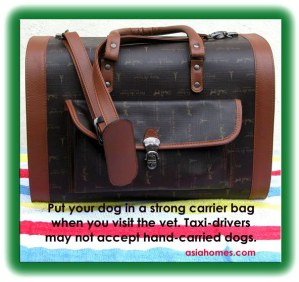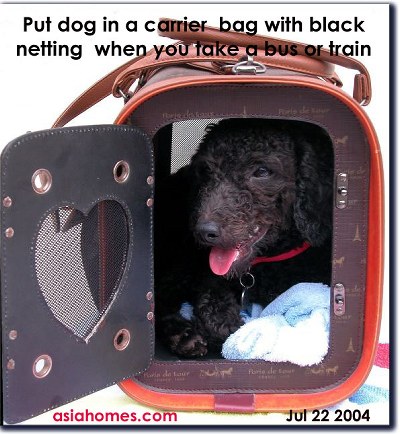389. The old Cocker Spaniel on the op table bites the new vet
The 13-year-old Cocker Spaniel growled on the examination table. His lady owner wanted his wart on his left lower lip and left cheek removed. 3 years ago, he had a big skin tumour behind his neck removed.
"Now the Cocker is very old and has put on weight," I advised the owner that the dog may just die on the operating table. The owner accepted the risk and made the appointment for surgery.
But there will be no tranquiliser, as is routine, to minimise the risk of heart failure from anaesthesia.
"Be careful, he bites," I advised the new vet as the senior citizen was put onto the operating table. "No tranquilisation for this old dog. It is safer just to use the anaesthetic gas directly, by mask."

The dog did not resist when placed on the table. The gas mask covered her muzzle and nose. She struggled after a few minutes and shifted her nose out of the mask. The new vet puts the mask on. The dog bit the mask. She tried again.
"Ow," the new vet moved her right hand away. Blood oozed out from the right index finger. A puncture wound from a bite. She tried to mask the dog. The dog bit the edges of the mask.
"You are excused from the anaesthesia," I took over the anaesthesia. "Go and wash your finger with lots of water and then bandage it."
Dog bites are an occupational hazard of dog vets. I guess that every dog vet will be bitten once by a dog. The vet must be very nimble and firm when anaesthesing a dog. Tranquilised dogs do bite too.
The senior citizen was wagging his tail when the owners came to take him home 3 hours later. The 2 skin warts were removed. This was a surgery with casualties for the vet who got a puncture wound on her finger. The gas mask which suffered punctured holes too. The owner apologised to the new vet for the bites.








 Date
Date